Borj El Kastil (برج القسطيل) is one of the few forts from medieval times that was partially spared. It is located at the tip of Ras Kastil, a peninsula located southeast of Djerba, 10 km east of El Kantara. The ruins of Fort Kastil in Djerba are located in a natural area classified as a local nature reserve.
Unfortunately, it is in an advanced state of degradation due to the sea which during rainy periods invades the land around the Borj, which is barely above the current sea level. The fort of Borj El Kastil is a square 40 m on a side, with ramparts 12 m high and 1.30 m thick. It was built around 1289 by the Aragonese conquistador Roger de Lauria, near the ancient city Meninx, he placed an important garrison there at the time. It was initially called "Castello", before taking the name of Borj El Kastil.
Recovered by the inhabitants of the island in 1335, the fortress is now only a well-preserved ruin, and visible only from the outside. The fort was restored for the first time in the 15th century by the Hafsid sultan, then again in the 16th century by the Ottomans and in the 17th century by Hammouda Pasha Bey. Not far from the Borj there is the sanctuary of Sidi Marcil (Saint Marcel) where even today women who cannot have children come with the hope of being able to become pregnant. By decree of September 1, 2000, Borj El Kastil is part of the list of protected and classified historical and archaeological monuments of the governorate of Medenine, list established by the National Institute of Heritage. (Various sources: Petit Futé by Dominique Auzias, wikipedia, marhba.com, jerba.be, wikimania, National Institute of Heritage).

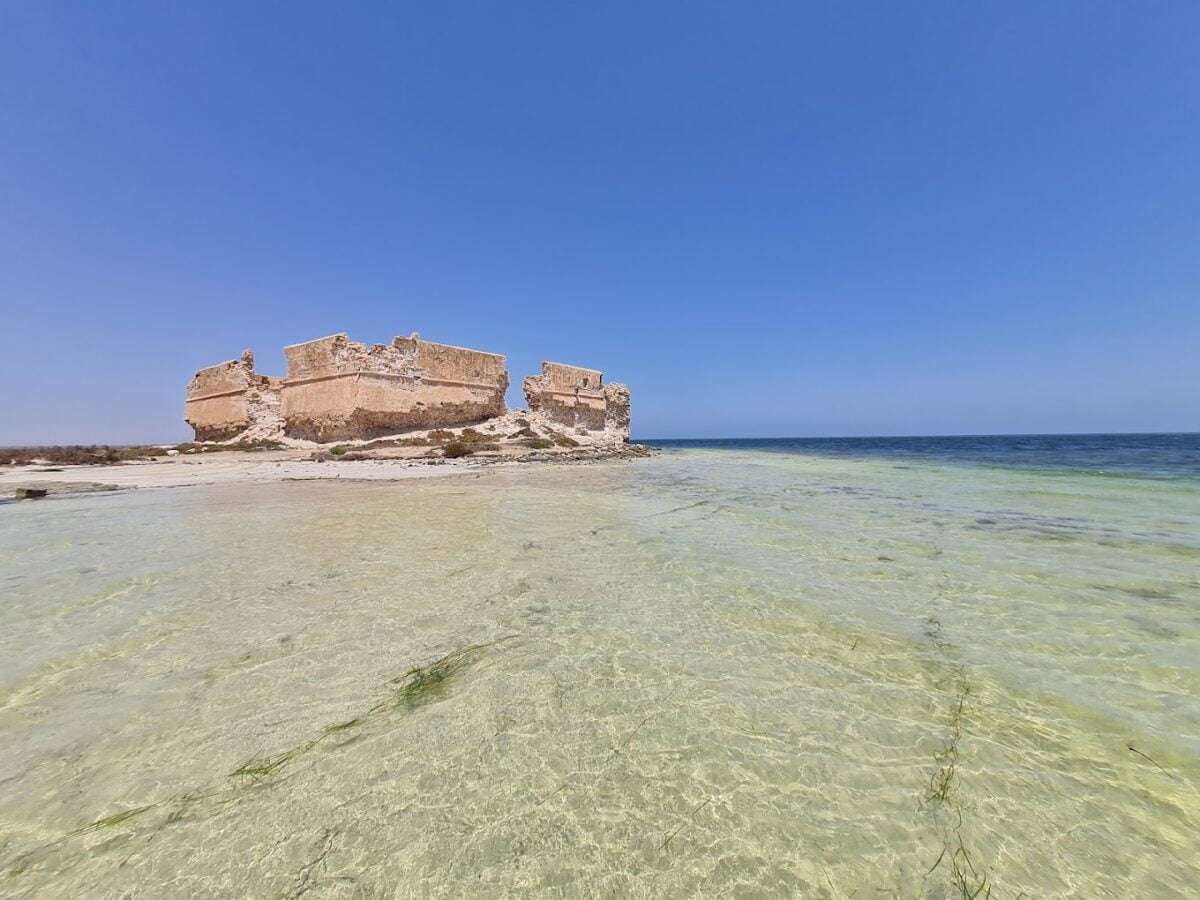
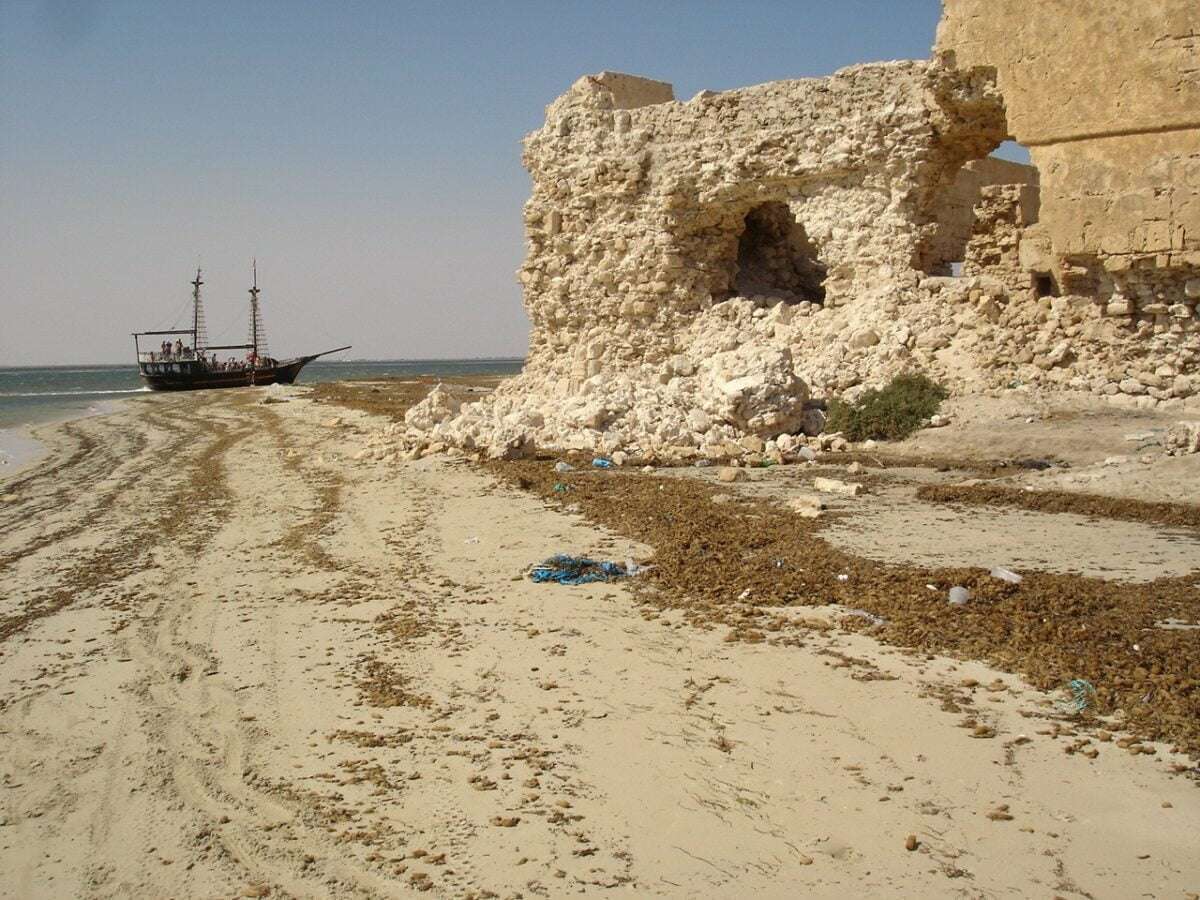
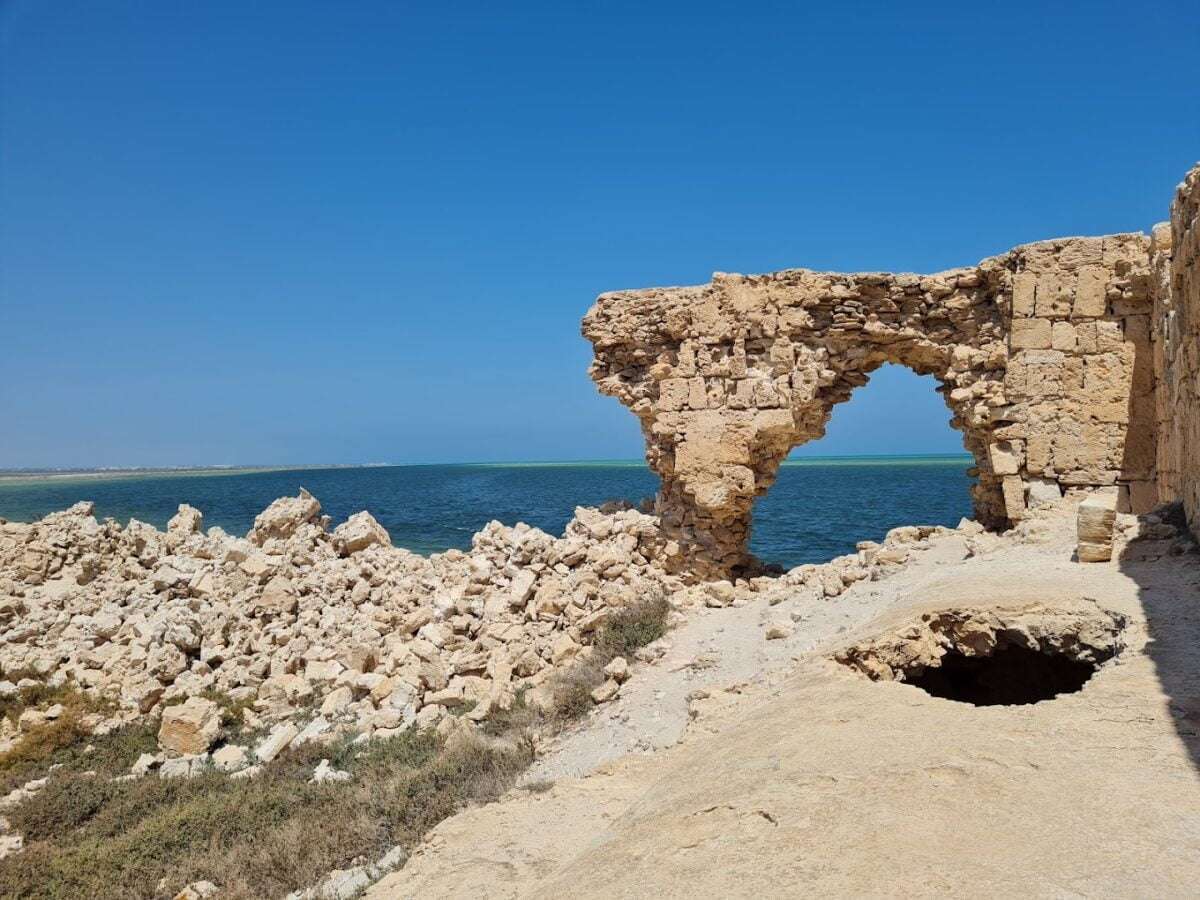 >
>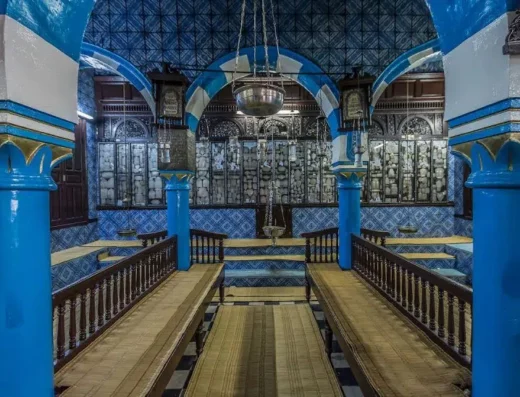
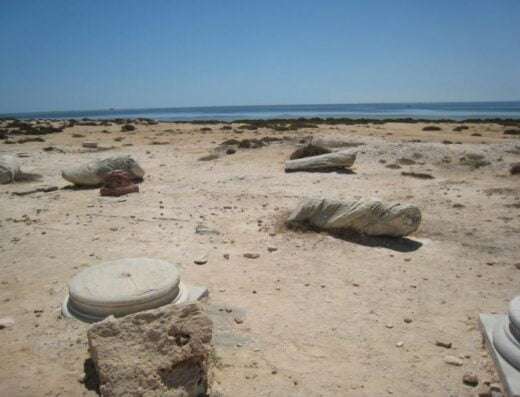
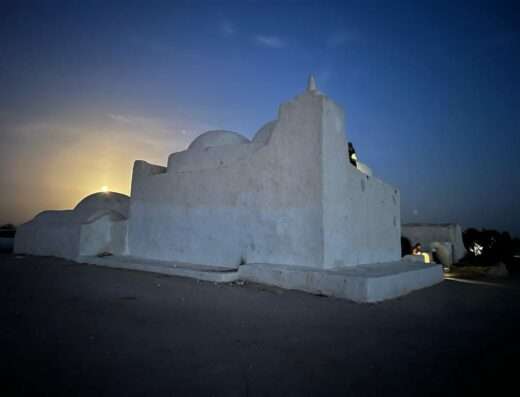
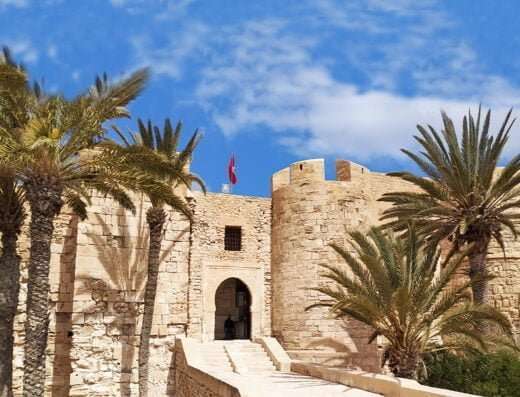
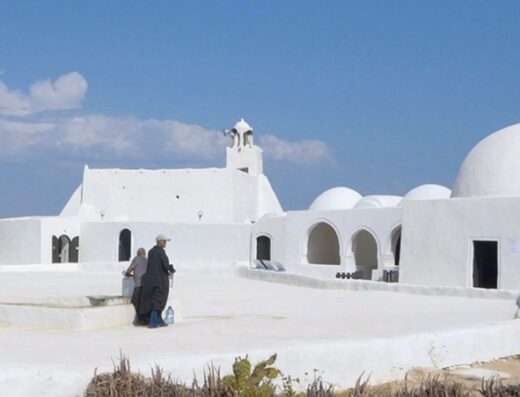
Soufiene Mestaoui
9 months agoVery beautiful landscape, a very quiet place and a clean beach, the fort is in very poor condition unfortunately the authorities have not done any work to preserve such a monument which is falling into ruins
JNC
a month agoBorj El Kastil Fort is an impressive historical site, one of the few forts from the medieval era that has been partially untouched by time. Located at the tip of Ras Kastil, a peninsula southeast of Djerba, about 10 km east of El Kantara, this fort offers a fascinating dive into the region's past. The ruins are in a natural area considered among the local nature reserves, which adds to the appeal of the visit. Unfortunately, the Borj is in an advanced state of degradation due to the sea which, during rainy periods, invades the surrounding land. The fort, which is barely above current sea level, is under constant attack from water, threatening its integrity. Borj El Kastil Fort, square in shape with sides of 40 meters, has impressive ramparts 12 meters high and 1.30 meters thick. Built around 1289 by the Aragonese conquistador Roger de Lauria near the ancient city Meninx, it housed a large garrison. Initially named “Castello”, it then took the name Borj El Kastil. Recovered by the inhabitants of the island in 1335, the fortress is today nothing more than a well-preserved ruin, visible only from the outside. The fort has undergone several restorations: a first in the 15th century by the Hafsid Sultan, then again in the 16th century by the Ottomans, and finally in the 17th century by Hammouda Pasha Bey. These restorations bear witness to the strategic and historical importance of the site over the centuries. Not far from the Borj, we find the sanctuary of Sidi Marcil (Saint Marcel), a place of pilgrimage where, even today, women come with the hope of being able to become pregnant. Since September 1, 2000, by decree, Borj El Kastil has been part of the list of protected and classified historical and archaeological monuments in the governorate of Medenine, a list established by the National Heritage Institute. Borj El Kastil Fort is not only a historical treasure, but also a poignant testimony to heritage conservation efforts. This is a must-visit for all history buffs and those who want to discover a particular aspect of Djerba's heritage.
Nabil Ayachi
3 months agoBorj El Kastil is reached today easily by a path formerly called: Triq Ejmel: the camel trail! (Be careful this can be dangerous) The fortress was built towards the end of the 13th century by Roger de Loria, admiral of the king of Sicily, Peter of Aragon. It is a massive, almost square monument, 30 meters on each side, with 10 meter high walls, flanked by four corner towers. It was restored several times, including one last time, in the 17th century during the reign of Bey Hamouda Pasha. Unfortunately the Bordj is in an advanced state of degradation due to the sea which during rainy periods invades the land around the Bordj which is located a little above the current sea level. Once again, it should be emphasized that the two forts to the right and left of the Roman causeway were advanced military posts, to send their artillery to enemy boats around the Island. As for the passage of the camels, it was on the west side, joining Terbella to the mainland.
Virginie Lecomte
2 years agoSuperb view a deserted place you can see no one ruined castle excellent sea you feel alone in the world access by buggy and quad.
John Raharijohn
one year agoA must see in Quad, beach with blue and transparent sea, magnificent place